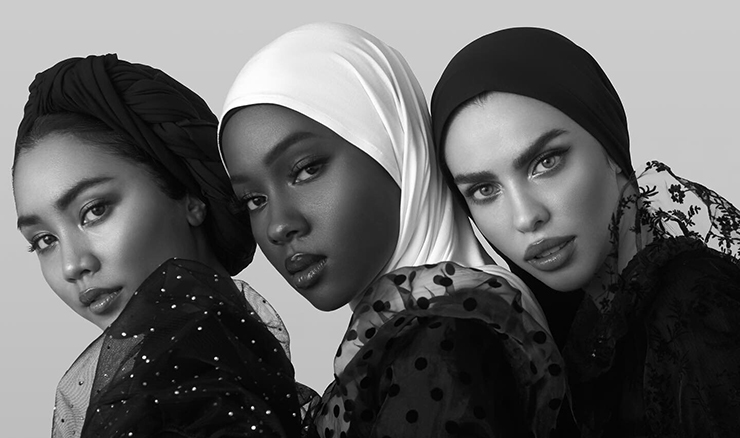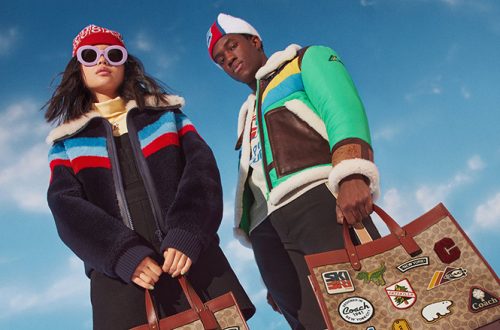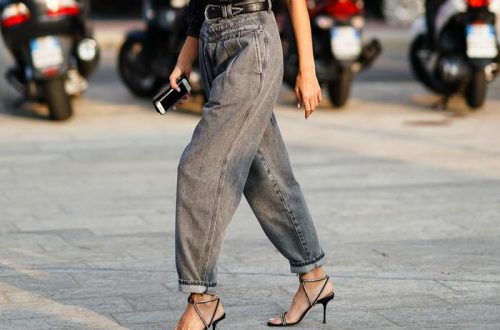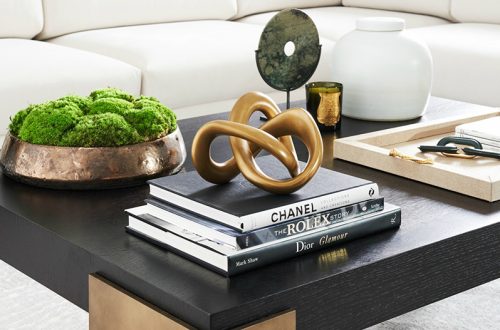
The Complete Guide to Arabian Clothing
Before we begin an exciting journey into Arabian fashion, let’s take a look at some boring geographical facts. Many people believe that Arabic is the exclusive language of the Arabs. However, just as there are many English-speaking countries outside of the UK, there are Arabic-speaking countries outside of the Arabian Peninsula.
Arabs live only in the Gulf region, where we will explore what they wear. Without a brief look at the history, religion and perhaps the climate of these countries, it is difficult to understand all the clothing choices of the fashionistas in these countries.

Arabian Fashion
Most Middle Eastern women wear a black robe like dress called the Abaya, which predates the birth of Islam, although other Arabic speaking countries have adopted the robe as religious dress. Covering a woman’s body is more about her status, wealth and the privilege of not working in a pre-Muslim society. Higher class women would wear a large square cloth with open palms and a wide gold ornament hanging from the collar. The veil was once a sign of luxury and separation from maids and slaves.
The abaya, as we know it, had openings in the front and sleeves, and was usually made of flowing, lightweight material. The most common color for the classic robe was black. Considering the hot and humid climate of the region, one might wonder why women would choose to wear black. The answer lies in the practicality and functionality of this choice: black is less transparent, so the black fabric can be thinner than any other color, which makes the abaya cooler in hot weather, but also hides everything underneath it.
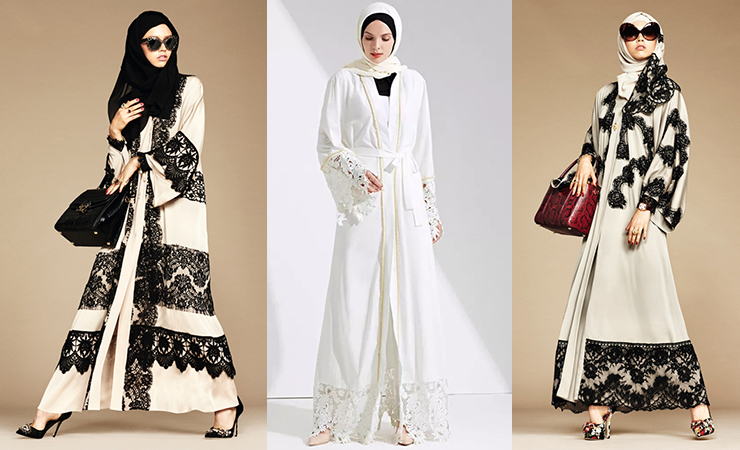
Today, an abaya can be any color, with only minor alterations to the cut and various embellishments. It can be tailored by designers using the most expensive materials for the modern Arab elite, for people who like to complement their luxurious robes with shoes, bags and expensive jewelry from high fashion brands.
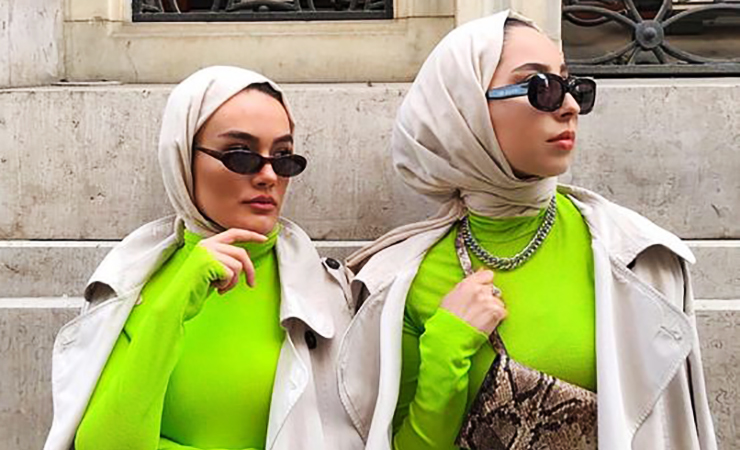
It would be unfair to talk about Arabian fashion without mentioning the hijab, as the Arabian Peninsula is its birthplace. Although the hijab is often understood to be a headscarf, it is not actually a piece of clothing at all. The hijab is a concept of modest dressing for religious reasons. This concept is present in all monotheistic religions and some polytheistic religions. However, long ago, traders who were part of Islam spread the head covering as a concept outside the region. Since then Muslim ladies around the world have been wearing the hijab in their own way.
There are more than 15 interpretations of the head covering in several countries.
Three of the most popular in the Gulf region are:
1. Shayla – a wide rectangular scarf wrapped around the head. the Shayla is usually transparent, does not cover the hair or neck, and is more of a representation of tradition than religion.
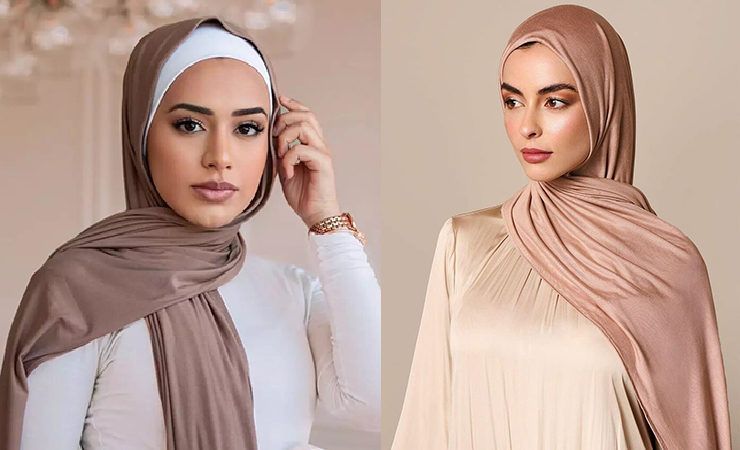
2. Niqab – a face scarf that only shows the eyes.
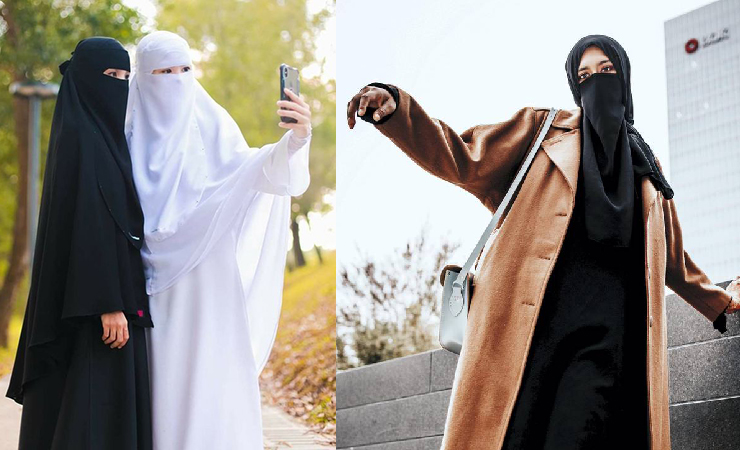
3. Battoulah – a metal-looking hard-faced mask worn mainly by older women and also more commonly seen as part of local custom. Originally, women wore it to indicate their marital status and, according to other views, to keep their noses and mouths from getting dirty with sand and to fool their enemies into thinking that the woman they saw was a man.
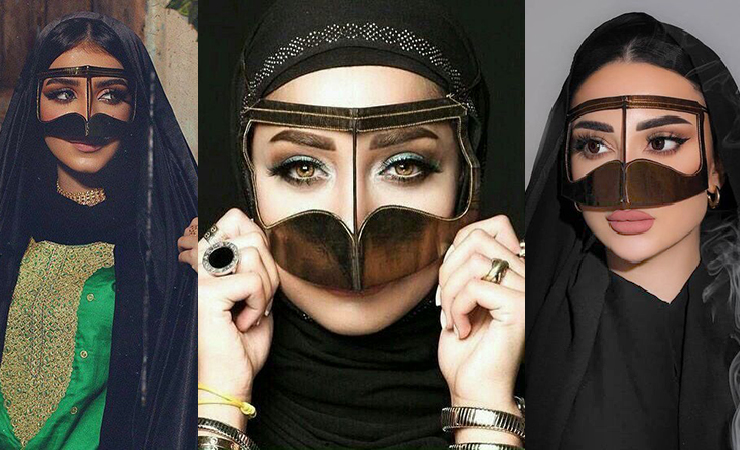
For festive women’s gatherings and weddings, ladies in the Gulf wear the Jalabiya – a brightly colored dress, often decorated with ornate gold embroidery and accompanied by extensive gold jewelry.
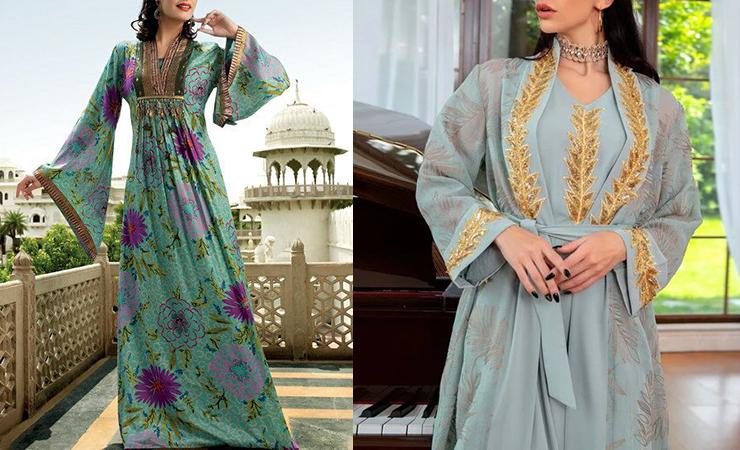
Male fashion deserves a mention too! Arab men from the Gulf region traditionally wear a white robe called a thobe, also known as a dishdasha or kandora, with wide white pants and thick-soled leather sandals. thobe is decorated with details and a “ghutra” (a piece of cloth worn on the head with a black tube called an “egal”). The style and color of the “ghutra” (a piece of cloth worn on the head with a black tube called an “egal”) varies from country to country/region. Young men were often spotted wearing baseball caps instead of ghutras, while expensive watches and sunglasses complemented Gulf men of all ages.
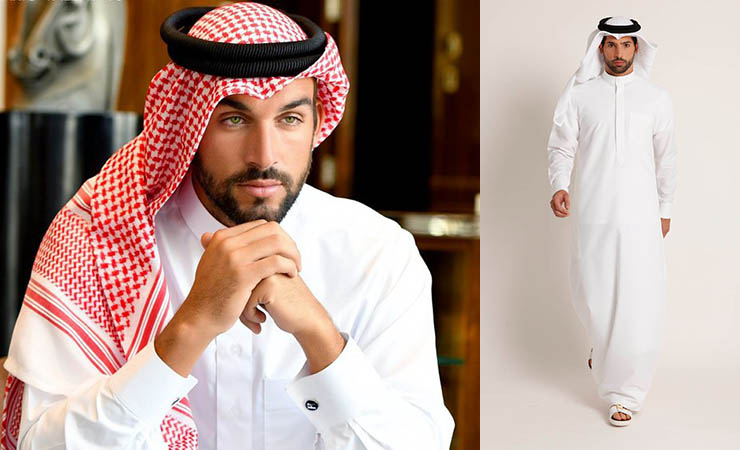
Despite the introduction of color in both men’s and women’s traditional clothing, most locals still prefer the official colors. This contrast of all-black women’s and all-white men’s clothing makes local couples look both elegant and classy. The Gulf States are generally contradictory and harmonious, with progress and customs blending together. One is never indifferent to their world of hospitality and affluence!
